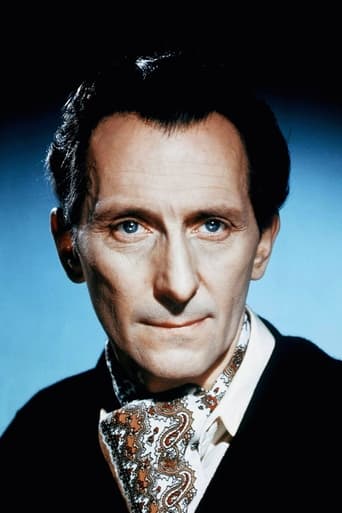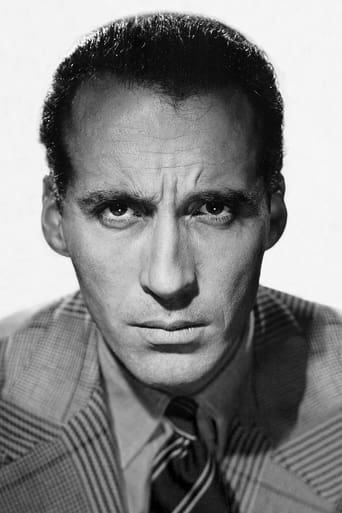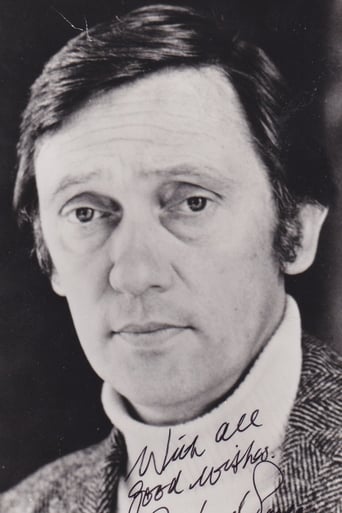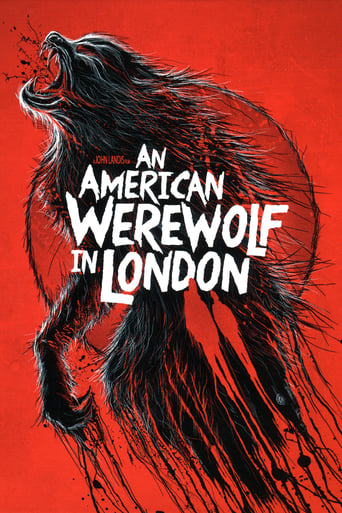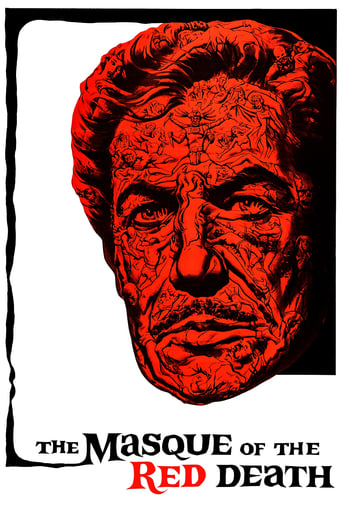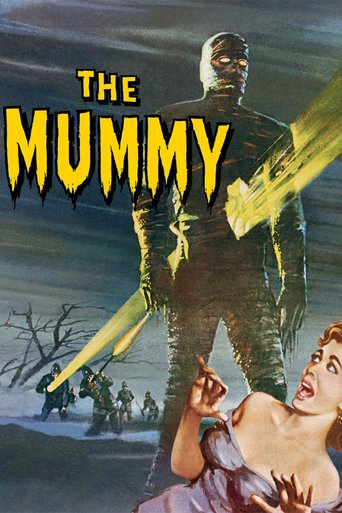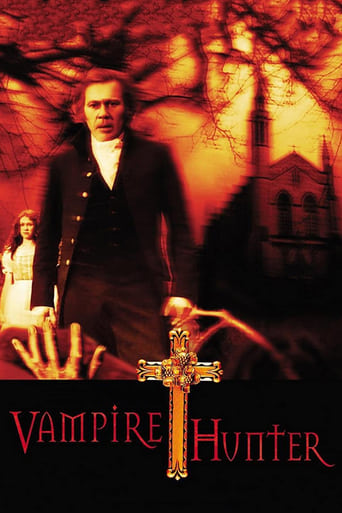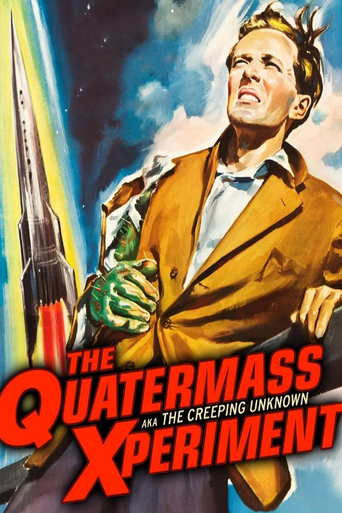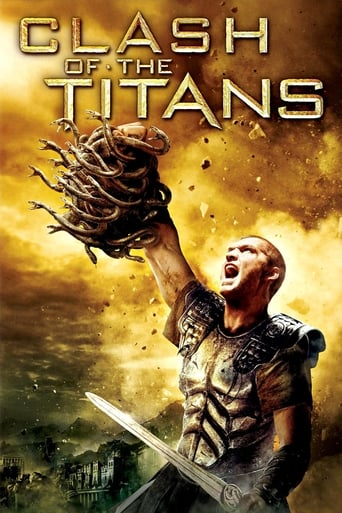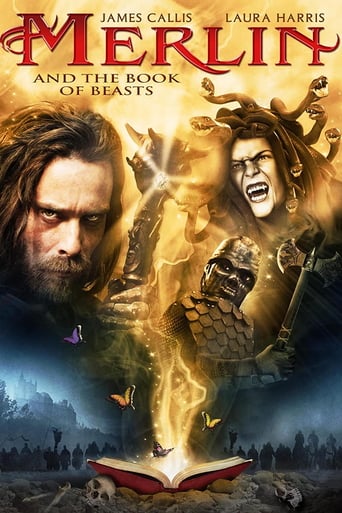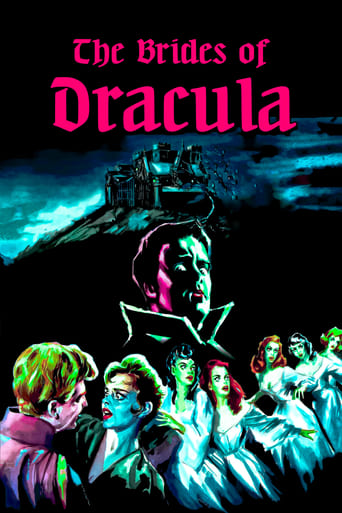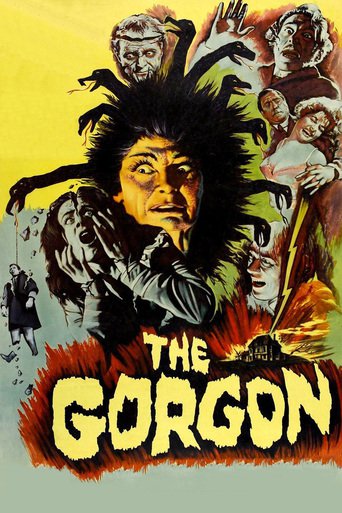
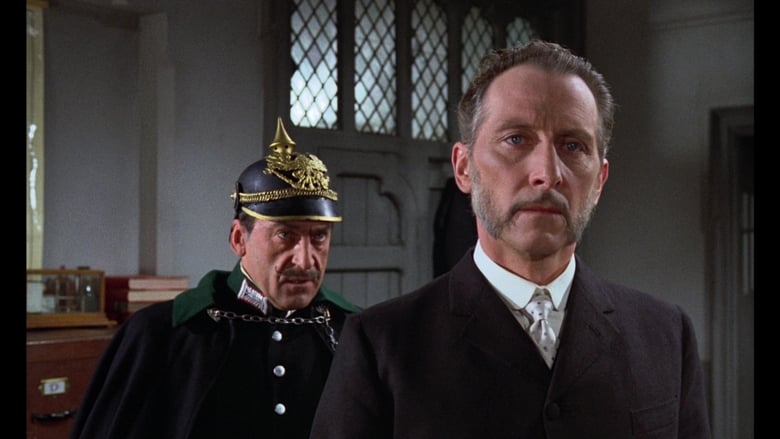
The Gorgon (1965)
In the early 20th century a village experienced a series of inexplicable murders. All the victims were young men who had been turned to stone. The perpetrator of these deaths was a being so repulsive that she transformed the onlooker using the power of her deadly stare. Much of the time the creature took the form of a beautiful and seductive woman, but during periods of the full moon she becomes a living horror, vicious and deadly. A professor has come to investigate the deaths, bringing with him his beautiful assistant whose knowledge of the Gorgon is more intimate than anyone would ever realise.
Watch Trailer
Cast
Similar titles
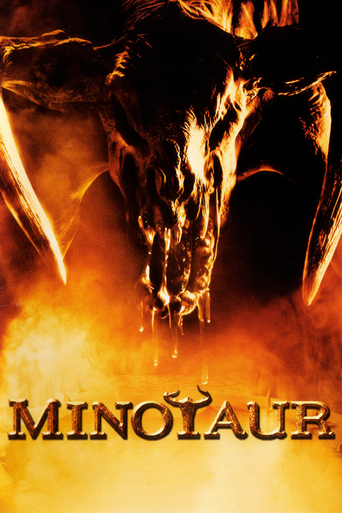
Reviews
best movie i've ever seen.
Best movie ever!
It's a good bad... and worth a popcorn matinée. While it's easy to lament what could have been...
The film's masterful storytelling did its job. The message was clear. No need to overdo.
British film studio Hammer made its reputation in the 1960s as a producer of better than average horror films. The Gorgon, directed by Terence Fisher and starring Christopher Lee and Peter Cushing, all three veteran horror film stalwarts, retells the story from Greek myth of the snake-haired woman so ugly that anyone who looks directly at her is turned to stone. The most interesting thing about the film is the mise-en-scene: the story is reset in a supposedly Eastern European village but the environment seems like a cross between Transylvania and Sussex; the interiors and costumes are richly detailed and credible. The acting is as good as you would expect from Peter Cushing and Christopher Lee, with the latter rather atypically playing the good guy rather than a villain.The film is good enough that it might have been a minor classic of the horror genre, except for one huge flaw. (Possible spoiler ahead, but if you know the myth at all you will know what happens anyway.) At the end of the film, in what is supposed to be the peak of the horror, when we finally get a closeup of the Gorgon's decapitated head, it is ridiculously obvious that it is the head of a mannequin. It is about as convincing a special effect as you would expect in a movie made by high school students in their garage.That aside, the rest of the film is good enough to be watchable and will be of interest especially to fans of the horror genre. It's available in various DVDs; I saw it on the Icons of Horror Hammer DVD set, which is of acceptable quality.
From the opening credits, this could only ever be a Hammer film. James Bernard's trademark scores, a matte paining of a castle in the distance (which makes a very effective screensaver), a young girl in distress and Peter Cushing tinkering in an ornate laboratory: formulaic such an intro may be, but it produces an instant warm glow in retrospect – which is probably the polar opposite of the effect hoped for back in 1964.Wheeling in a fresh corpse, Nurse Hoffman (Barbara Shelley) is somewhat alarmed when the hand that falls from the stretcher breaks in half, as if it is made of stone. Pretty soon, the dead girl's bohemian fiancé has hung himself, revealed in close-up. The warm glow becomes distinctly frosty.So too, are the characters we meet in this production. On seeing the Medusa, or more specifically her glare, characters become aged. That is, they appear to be sprinkled with talcum powder in a cheap looking effect that is never convincing. Christopher Lee's Professor Karl Meister comes already doused in talc, to lend maturity to such a man of learning, pompous and aloof. Even the avuncular Cushing is starchy in this. Only Richard Pasco succeeds in injecting some naturalism into his role, the almost-hero Paul Heitz. We cry out for a Michael Ripper or a Miles Malleson cameo to lighten up the mood.Whilst professional and polished, the production is somewhat perfunctory, and there is a damning coolness to the sporadic 'scares' – whereas in reality, only the finale, with Barbara Shelley's transformation into the deadly Megaera, succeeds in providing any shivers, and the less than stellar realisation of the creature – complete with adorable plastic snakes - ensures that even the climactic scares are pretty bloodless (which, considering Hammer caused a sensation in the late 1950s with its blood red horror that in turn both repulsed and fascinated audiences, is disappointing). Like 'Curse of the Werewolf (1960)', the thrills are strictly confined to the last ten minutes, which is asking too much of this particular audience member.
The Gorgons, in Greek mythology, were commonly women with live snakes in their hair and who could turn a man to stone just by looking at him! The same is true today, except for the snakes part. Medusa is the best known of the Gorgons, but in 1964's Hammer Films classic The Gorgon, Megaera is the titular fiend – even though there was a Fury, and not Gorgon, by that name in mythology.The film takes place at the turn of the 20th century in small town in an unnamed European country. A young man has been found hanged, his pregnant lover turned to stone. The coroner declares the young man to be the murderer of the woman. The man's father investigates and stumbles across Megaera in an abandoned castle during a full moon. He, too, is turned to stone and perishes, but not before leaving a note for his other son, who investigates even further.The great Peter Cushing plays the coroner, Dr. Namaroff (backward it reads F for a man – how's that for trivia?). Namaroff insists there's no Gorgon, that everyone's death is quite explainable, and so on. He has a lovely assistant, as was the style back in the day, Carla Hoffman (Barbara Shelley), who's sympathetic toward son #2, Paul (Richard Pasco). It seems that everyone in the village knows of the legend of Megaera, and Paul ascertains that she's seen only during a full moon.After a couple of encounters with Megaera, Paul finds assistance from his own supervisor, a Prof. Karl Meister (Christopher Lee). As you might expect, Lee commands the screen and gives the movie a huge jolt of adrenaline when he finally shows up. Lee and Cushing appeared in many, many horror movies together, but they don't appear in the same scene face to face until the movie's about 80% over. Still, this would have been real junk had they not lent their talents.The big quibble is with the Gorgon herself. Heavy makeup was applied to the actress, and the first several times we see the Gorgon, she does look mighty scary (often in shadows), but when the denouement arrives, her Gorgon head looks terrible, like a dummy made out of plexiglass and bitterness. The Gorgon has everything except a Gorgon, really.
Notable for a number of reasons, THE GORGON once again teams (though briefly) Peter Cushing and Christopher Lee. Both are at the top of their game, here, and Fisher was never finer. Dark and atmospheric, THE GORGON was one of those movies that held me enthralled as a kid- and again as an adult. Not an easy feat, that: all too often, the movies that spooked us as children prove something less than nerve-wracking when viewed through the jaded lenses of adulthood. Like ATTACK OF THE MUSHROOM PEOPLE, THE GORGON is that rare exception to the rule. If you'd like to hark back to the good old days, when horror movies were truly horrifying, THE GORGON is a must-see.
